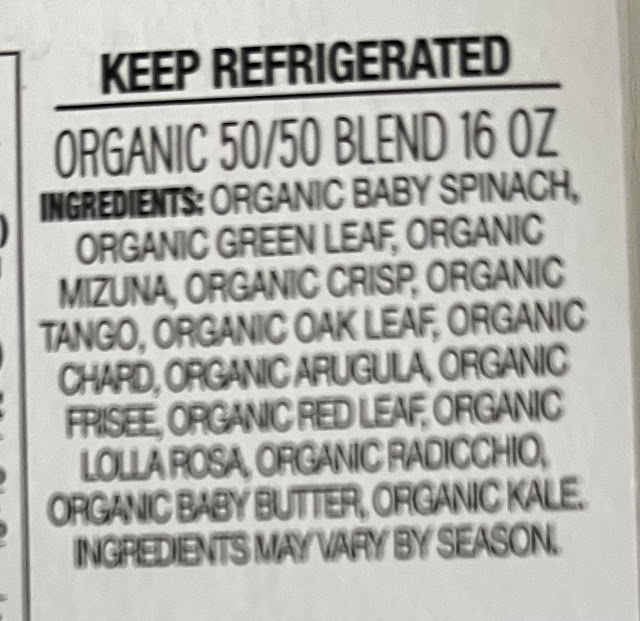Gojju Avalakki
One fine summer evening, my lovely neighbor turned up with a box full of a dish that was a Kannadiga variation of poha. She is from Bengaluru and her Mom was visiting her. Auntie had cooked and sent this for us so thoughtfully. (Don't I love my neighbors!) I couldn't eat it the same day as I had already finished my dinner, so I carried it for lunch the next day.
I still remember the moment when the deliciousness of flavors burst in my mouth and I shut my eyes to relish each bite better and tried to identify the flavors. It was so yummy and so very different from what I had ever tasted with poha. I have stayed in Bengaluru for around 7-8 years and forget tasting, I had never even heard of this dish. It's not served in Darshinis or restaurants. After a few bites I came to a pleasantly startling realization - it tasted like 'Bhutte ka Kis'- the famous dish with corn that Mom makes so well. But while the Kis takes some effort to cook, Gojju Avalakki is a breeze to make, said Auntie. It also required very few ingredients and did't involve any cutting or chopping. I was dying to have the recipe!
Serves 4
Ingredients:
Thick poha 200 gms (Suggested brand - Real)
Tamarind - (Swad brand) - small lemon sized
Sambar powder - a lot
Jaggery - 1.5 tablespoons
Salt - according to taste
For seasoning:
Oil - 2 tablespoons or even more
Asafoetida - a generous pinch
Bydagi chillies - 2-3
Mustard seeds - A lot :)
Curry leaves - A lot
Turmeric - 1 teaspoon
Sesame seeds - 1 tablespoon
Dry coconut powder - 2 tablespoons
Way To Go
1. Soak tamarind.
2. Coarsely grind the poha. Wash it.
3. Strain tamarind. Mix tamarind pulp, jaggery, salt, sambar powder and water to it. Be careful with water. This paste should be on the thick side, not runny. Mix this paste with poha and taste at this stage. If any ingredients need to be adjusted, do so. Leave for a couple of hours or even overnight. The flavor will seep in better. The mix shouldn't be mushy.
4. Heat oil. When sufficiently hot, add asafoetida, mustard (let it crackle), curry leaves (chop them if your family can't handle whole curry leaves).
5. Dry roast the coconut powder and sesame seeds separately.
6. Mix the tadka, coconut powder and sesame seeds with the poha mix prepared in step 3 and its ready to go!
Tips:
1. You can keep large batches of coarsely ground poha ready. Then just add the mix and the seasoning to make a quick meal.
2. The paste can be kept ready too with dry tamarind (puliyogare style and with seasoning - no water). Just mix everything with warm water to have an instant meal. Auntie used to give it to kids for college days for a quick meal.

